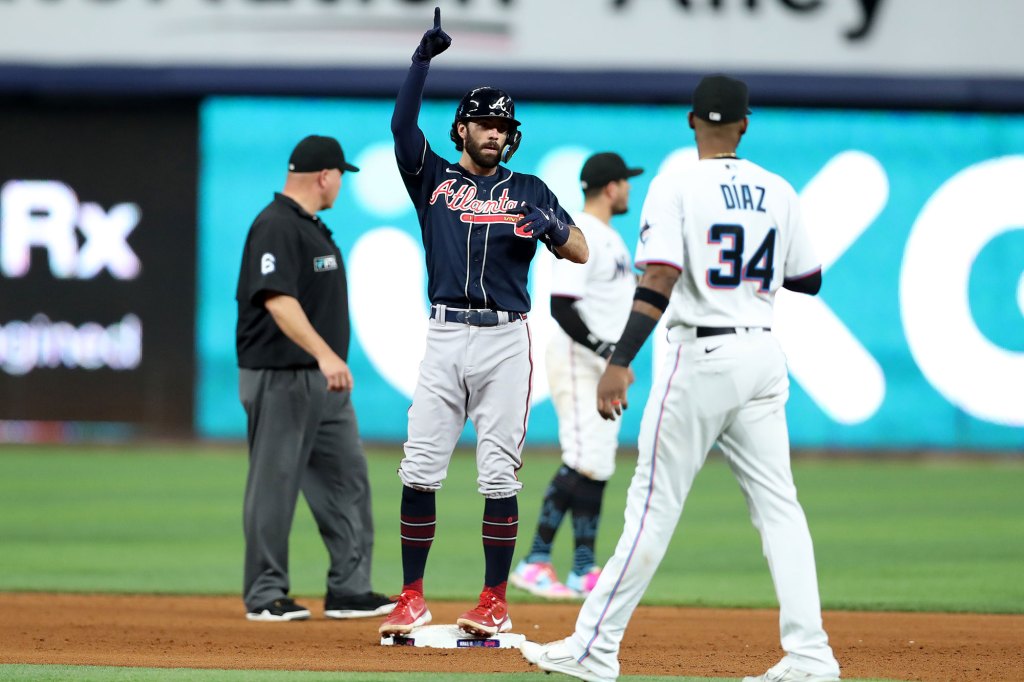Analysis: Trump's 30% Tariffs On China Likely To Last Until Late 2025

Table of Contents
The Legacy of the Trump-Era Trade War
The Trump-era trade war, characterized by escalating tariffs between the US and China, dramatically altered the global economic landscape. The imposition of 30% tariffs on a wide range of Chinese goods, beginning in 2018, was a pivotal moment in this conflict. These tariffs were initially justified as a response to alleged unfair trade practices and intellectual property theft by China.
- Origins: The trade war stemmed from long-standing tensions over trade imbalances, intellectual property rights, and market access. Negotiations repeatedly failed to resolve these issues, leading to the imposition of tariffs.
- Affected Industries: Key sectors heavily impacted by the 30% tariffs include technology (semiconductors, electronics), manufacturing (textiles, machinery), and agriculture. These tariffs significantly increased the cost of Chinese goods for US consumers and businesses.
- Immediate Economic Repercussions: The immediate effects included increased inflation in the US as the cost of imported goods rose. Some US businesses faced higher input costs, impacting their competitiveness. China also experienced economic slowdowns in certain sectors due to reduced exports to the US. While precise job loss figures are difficult to isolate solely to the tariffs, studies suggest a negative impact on employment in both countries.
Why the Tariffs are Likely to Persist Until Late 2025
The removal of these tariffs is far from straightforward, and their persistence until late 2025 seems increasingly likely. Several factors contribute to this prolonged impact:
- Legal and Bureaucratic Hurdles: The tariffs were imposed under Section 301 of the Trade Act of 1974, which allows for the imposition of tariffs based on unfair trade practices. Reversing these decisions requires a lengthy bureaucratic process and substantial political will.
- Political Considerations: The Biden administration, while taking a different approach to US-China relations, has been reluctant to swiftly remove all the tariffs. Political considerations, lobbying by affected industries, and concerns about national security likely play a significant role in this hesitancy. The timing of any tariff removal is highly sensitive to domestic political cycles.
- Economic Implications of Sudden Removal: A sudden removal of the tariffs could lead to significant disruption in the US economy. Domestic industries that have adapted to the tariffs might face increased competition from cheaper Chinese imports, potentially leading to job losses in certain sectors. A phased approach is often preferred to mitigate such risks.
- Ongoing Investigations and Legal Challenges: Although the trade war's intensity has lessened, some investigations into Chinese trade practices are still ongoing. These ongoing legal battles might further delay or complicate the removal of tariffs.
The Economic Ripple Effects: Impacts Beyond the US and China
The 30% tariffs on Chinese goods have created significant economic ripple effects felt globally:
- Global Supply Chain Disruption: The tariffs disrupted global supply chains, forcing businesses to seek alternative suppliers and increasing transportation costs. This led to delays, shortages, and higher prices for consumers worldwide.
- Inflationary Pressures: The increased costs of imported goods fueled inflation not only in the US but also globally, adding to the strain on many economies.
- Shifted Global Trade Patterns: The tariffs encouraged businesses to diversify their sourcing, leading to a shift in global trade patterns away from a heavy reliance on Chinese manufacturing in some sectors.
- Impact on Specific Industries and Countries: Industries such as textiles and electronics have been particularly affected, with some countries experiencing significant economic hardship due to reduced exports to the US and China.
Potential Scenarios and Future Outlook
Several scenarios regarding the future of these tariffs are possible:
- Partial Removal: A phased or selective removal of tariffs on specific products might occur, prioritizing sectors where the economic impact is considered most severe.
- Complete Removal: A complete removal of tariffs could happen, possibly as part of a broader trade agreement between the US and China. This scenario is less likely in the short term.
- Continued Existence: The tariffs could remain in place indefinitely, reflecting a continued focus on protecting specific US industries and addressing concerns about unfair trade practices.
Predicting the exact timeline for any changes is challenging. However, given the bureaucratic hurdles, political sensitivities, and economic considerations, a complete removal before late 2025 seems unlikely. Future trade negotiations between the US and China will significantly influence the ultimate fate of these tariffs.
Conclusion
This analysis suggests that the lingering effects of Trump's 30% tariffs on Chinese goods will continue to shape the US-China trade relationship until at least late 2025. The complex interplay of legal, political, and economic factors makes rapid tariff removal unlikely. The ripple effects on global trade and economic stability are substantial and warrant continued attention.
Call to Action: Stay informed on the evolving situation surrounding Trump's 30% tariffs on China. Regularly check for updates on trade negotiations and economic forecasts to understand the long-term implications of this enduring trade policy. Understanding the implications of these China tariffs, and indeed all Trump tariffs, is crucial for navigating the complexities of the global marketplace.

Featured Posts
-
 Braves Even Record Climb Nl East Standings
May 19, 2025
Braves Even Record Climb Nl East Standings
May 19, 2025 -
 Puri You Tuber Under Scanner Jai Hind Post Links To Pak Spy Jyoti Malhotra On Instagram
May 19, 2025
Puri You Tuber Under Scanner Jai Hind Post Links To Pak Spy Jyoti Malhotra On Instagram
May 19, 2025 -
 El Ano Que Espana Casi Gana Eurovision Repaso A La Historia Del Festival
May 19, 2025
El Ano Que Espana Casi Gana Eurovision Repaso A La Historia Del Festival
May 19, 2025 -
 Jennifer Lawrence And Cooke Maroney New Photos Surface Following Baby No 2 Speculation
May 19, 2025
Jennifer Lawrence And Cooke Maroney New Photos Surface Following Baby No 2 Speculation
May 19, 2025 -
 Analyzing Juan Sotos Performance Early Struggles For New York
May 19, 2025
Analyzing Juan Sotos Performance Early Struggles For New York
May 19, 2025
